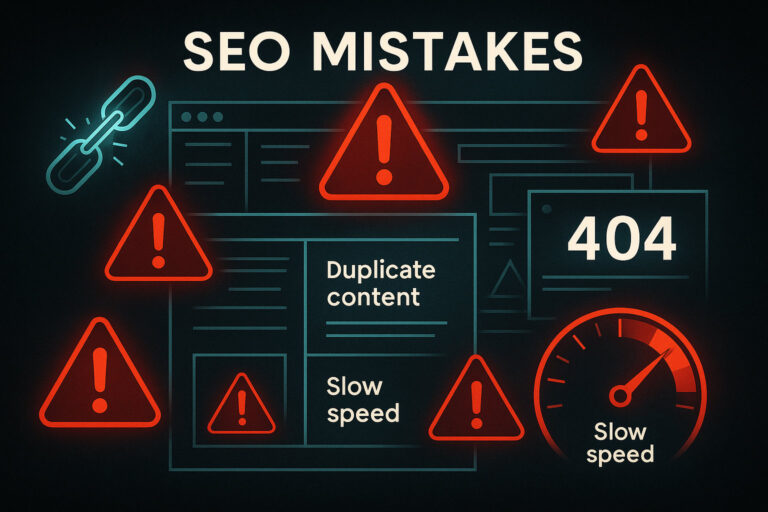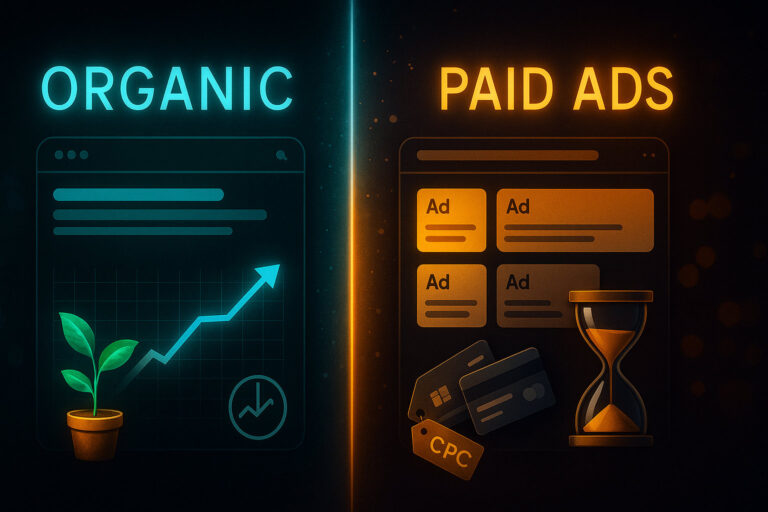<h2>Understanding Google’s Core Ranking Signals</h2>
<p>Google evaluates hundreds of signals. Focus on the handful with the biggest impact and you’ll move the needle faster, safely, and sustainably.</p>
<h2>1) Helpful, In‑Depth Content</h2>
<p>Cover the topic thoroughly, match intent, and demonstrate first‑hand experience. Use clear structure, data, and examples.</p>
<h2>2) E‑E‑A‑T</h2>
<p>Show experience, expertise, authoritativeness, and trust with author bios, citations, and transparent branding.</p>
<h2>3) Links & Topical Authority</h2>
<p>Earn links from reputable sites, and build clusters of related pages to signal subject mastery.</p>
<h2>4) Core Web Vitals</h2>
<p>Fast load, visual stability, and quick interactivity improve rankings and conversions.</p>
<h2>5) Mobile‑First & UX</h2>
<p>Responsive layouts, readable typography, and accessible design reduce bounce and increase engagement.</p>
<h2>6) Structured Data</h2>
<p>Schema markup clarifies entities and relationships, enabling rich results and AI citations.</p>
<h2>7) Freshness & Updates</h2>
<p>Keep content current. Refresh stats, screenshots, and steps on a schedule.</p>
<h2>8) Internal Linking</h2>
<p>Pass relevance and PageRank with contextual links; use descriptive anchor text.</p>
<h2>9) Search Intent Alignment</h2>
<p>Map pages to informational, commercial, transactional, or navigational intent.</p>
<h2>10) Engagement Signals</h2>
<p>Compelling titles, meaningful introductions, and strong CTAs improve dwell time and conversions.</p>








